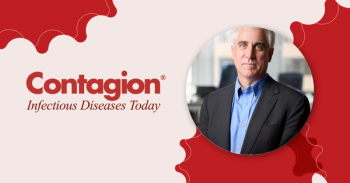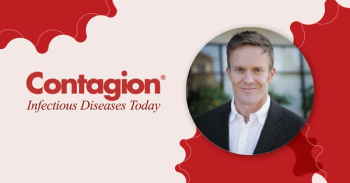
Why You Should Be Celebrating International Infection Prevention Week
Infection prevention goes beyond healthcare workers. Here's why we should all celebrate this week.
October 15-21, 2017 marks
Not convinced? On any given day, the
Although preventing HAIs are a big part of infection prevention, the scope is much larger and encompasses everything from sterilization and disinfection to communicable disease surveillance, reporting, education, and even construction risk assessments. Infection prevention doesn’t just focus on patients, but also healthcare workers and visitors, as the goal is to keep everyone safe and infection-free. Infection preventionists work closely with Occupational Health programs to ensure employee safety and if there is an exposure to a communicable disease—like tuberculosis or varicella—the infection prevention team works to ensure all staff and patients are aware of their exposure.
Consider the 2014 Ebola outbreak. Did you know that
Most of us have been in a hospital at some point, whether as a patient, employee, or visiting a loved one. We all rely on strong infection prevention practices to keep us and our loved ones safe during medical care. We also rely on healthcare workers to follow infection prevention practices to rapidly isolate infectious patients and use the proper personal protective equipment to make sure that communicable diseases don’t spread within a community.
Infection prevention truly goes beyond the walls of a hospital or medical center. In fact, the
Infection prevention efforts also play a vital role in the global issue of antimicrobial resistance. Proper isolation, disinfection, and antimicrobial stewardship are critical to reduce the incidence and spread of highly-resistant organisms, especially in hospitals, which can be amplifiers for the spread of these organisms.
Although these examples are just the tip of the iceberg, it is increasingly apparent that we all have a role in not only supporting infection prevention, but also partaking in it. Whether you’re a visitor, patient, or healthcare worker, infection prevention is everyone’s responsibility.
Newsletter
Stay ahead of emerging infectious disease threats with expert insights and breaking research. Subscribe now to get updates delivered straight to your inbox.























































































































































































































































































